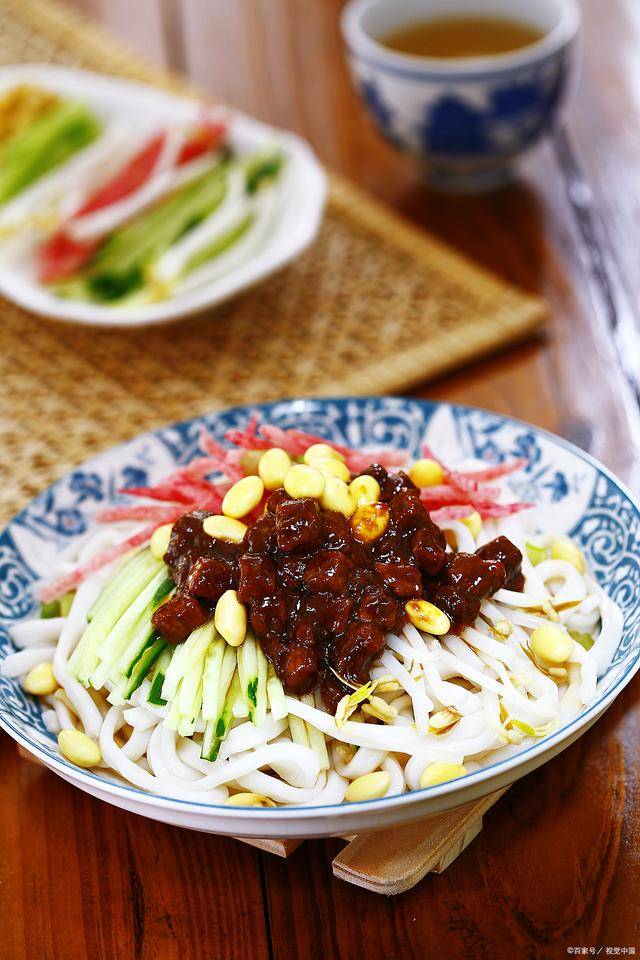141-104, sharing a fat reduction diet plan for food enthusiasts!
Since I was young, I have had a very strong appetite. Many people react to high study or work pressure, heartbreak, bad emotions, or illness by losing their appetite, but these unfortunate events have never affected my desire to eat; I still find food incredibly satisfying.
I love most foods. I enjoy fragrant rice served with delicious dishes, I love chewy Chongqing noodles coated in sauce, and I also love buns and pies filled with various fillings, as well as all kinds of cakes, desserts, and milk tea. Moreover, my tolerance for food is very high; it’s hard to find foods that I specifically dislike. Even when I encounter less tasty food, as long as it’s not awful, I will finish it all.
During friends’ gatherings, I am the one who eats until the very end. Eating is a joyful experience for me, and when I am not trying to lose weight, I thoroughly enjoy every meal: breakfast, lunch, afternoon tea, and dinner. At meal times, even if I am not hungry, feeling down, or busy, my body instinctively gives the most direct response: “It’s time to eat.”
Then I pause everything and happily go to eat.
Yes, I love food so much that my first feeling when I start losing weight is pain.
From the age of 18 to 28, I constantly tried various weight loss methods but never learned to truly make peace with food. Whenever I reach a satisfying weight, I feel like I have achieved my goal and can return to my previous eating habits. However, losing weight and maintaining it is not like passing a test where once you succeed, everything is fine; it is a long journey where I must continue forward, not keep going back and forth on the same path.
For those with a strong appetite starting a weight-loss journey, dietary control is especially important. So how to control it? My personal experience is: Step T, first develop a reasonable diet plan based on your life and work habits.
How to establish a fat reduction diet plan for food enthusiasts (-)
First, calculate the basal metabolism corresponding to your height and weight, which is the minimum amount of food calories you need to consume each day. Just make sure not to exceed this calorie intake in a day.
Then, based on your life and work, determine the distribution of meals for breakfast, lunch, and dinner.
As for myself, I have short work hours in the morning with low intensity, but I work longer and harder in the afternoon. Therefore, my breakfast usually consists of a cup of Americano and a slice of toast or two eggs, leaving me enough calories for lunch to ensure my energy during afternoon work. In the evening after work, I won’t need to eat carbs, mainly focusing on protein and vegetables. If I need to work out that evening, I must eat carbs before exercising, so I’ll reduce my carb intake at lunch or skip one egg at breakfast, and then around 3 PM, when I feel quite hungry, I’ll have another egg.
Thus, my meal distribution for breakfast, lunch, and dinner is 3:5:2. This might not be the most scientific ratio, but it best fits my current work and life situations. Without exceeding the total daily intake, I can adjust my meal distribution anytime based on my situation. This isn’t about rigidly following a weight loss method, but customizing it according to my needs, which greatly reduces the sense of suffering while losing weight.
If you’re an early riser for classes or work, I definitely recommend eating well in the morning with a variety of foods to kickstart your metabolism for the day. You can afford to eat a bit less at lunch, aiming for a daily ratio of 4:4:2.
But regardless


